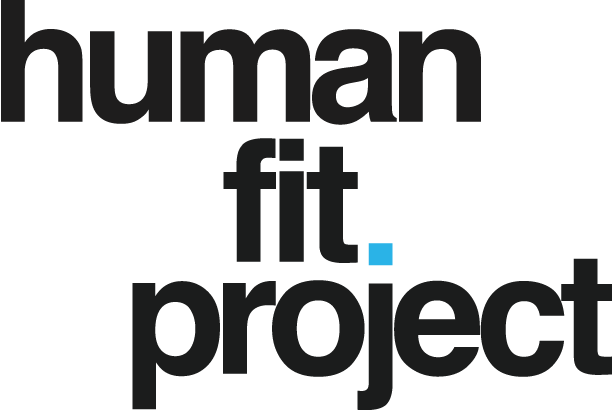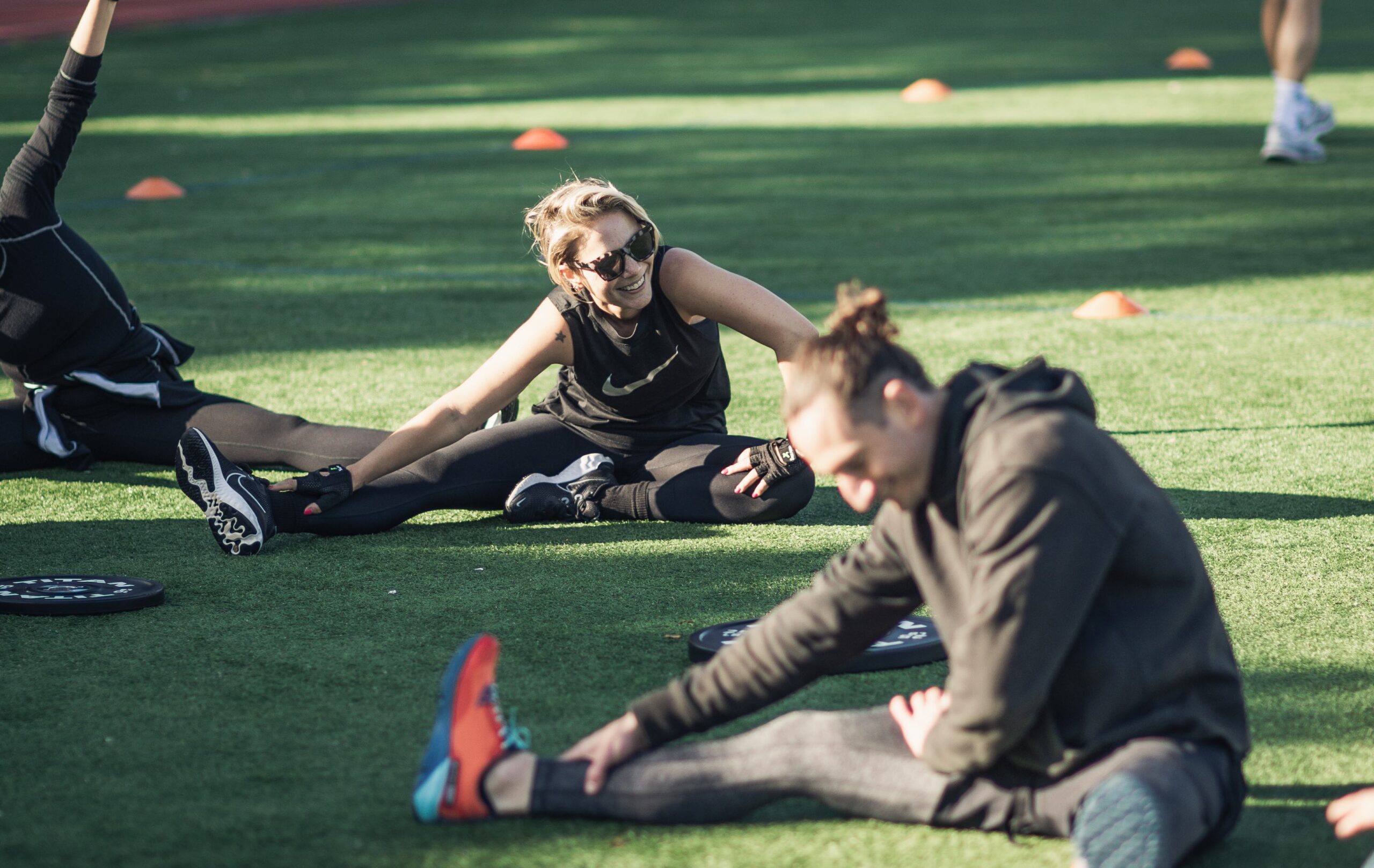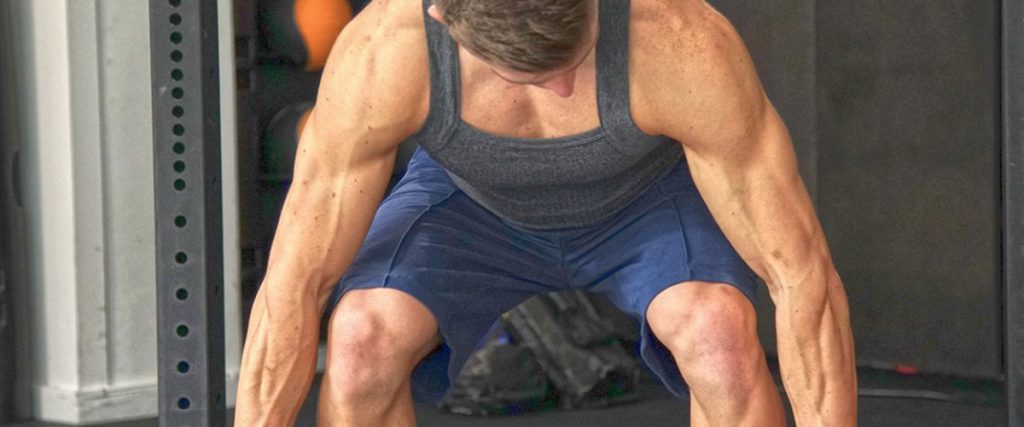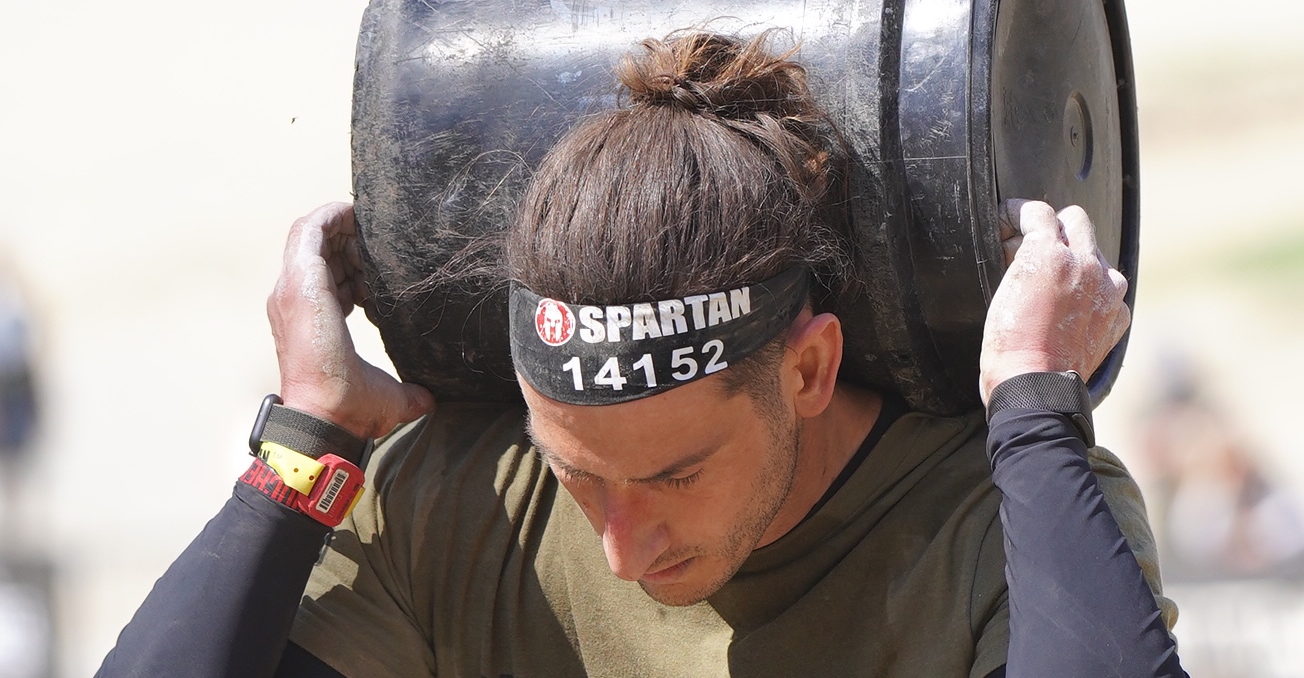Hybrid athletes epitomize the ultimate fitness versatility, mastering the art of juggling strength, endurance, and agility to achieve peak physical performance. This modern approach to fitness isn’t reserved solely for elite athletes; it’s accessible to anyone aiming to elevate their overall fitness and resilience. The journey to work out like a hybrid athlete involves blending rigorous training disciplines, but it also requires a strategic approach tailored to individual needs and goals.
Related: 4 workout plans to train like a hybrid athlete
Also related: Don’t burn out! The hybrid athlete’s challenge
Laying the Groundwork: Starting Your Hybrid Athlete Journey
Assess Your Current Fitness Level: Before diving into hybrid training, it’s crucial to evaluate your current fitness status. An assessment will help you tailor your training program to effectively balance strength and endurance components. Understanding your strengths and weaknesses will guide your training choices and help prevent overtraining.
Setting Clear Goals: Clear, achievable goals are the cornerstone of effective training. As a hybrid athlete, your goals might include improving your 5K run time while also increasing your squat and deadlift strength. Specific, measurable, and time-bound goals will keep you focused and motivated throughout your training journey.
Crafting Your Hybrid Training Schedule
Understanding Your Body’s Needs: Each body responds differently to various types of training. Pay close attention to how your body reacts to strength versus endurance training. This awareness will allow you to adjust your training intensity and volume to optimize results without leading to burnout or injury.
Sample Weekly Schedule: For someone new to hybrid training, a balanced week might look like this:
- Monday: Strength training (focus on lower body)
- Tuesday: Endurance training (moderate-paced run or cycling)
- Wednesday: Active recovery (yoga or light swimming)
- Thursday: Strength training (focus on upper body)
- Friday: High-intensity interval training (HIIT)
- Saturday: Long-duration endurance training (long run or bike ride)
- Sunday: Rest or light mobility work
This schedule ensures a balance between different training types, promoting overall fitness while minimizing the risk of injury. For more options, check out our 4 workout plans to train like a hybrid athlete.
Essential Training Components for Hybrid Athletes
Strength Training: Core exercises like squats, deadlifts, and bench presses build the foundational strength required for both everyday tasks and athletic performance. Incorporating compound movements that work multiple muscle groups is efficient and effective for developing functional strength.
Endurance Training: To boost cardiovascular health without undermining strength gains, integrate forms of cardio that complement your strength training. For example, rowing and swimming are excellent for building endurance while also enhancing muscular endurance and strength.
Agility and Flexibility: Agility drills such as ladder drills or cone exercises improve your ability to change direction quickly, enhancing athletic performance across various sports. Flexibility and mobility exercises like dynamic stretching before workouts and static stretching post-workout keep your muscles and joints healthy.
Nutrition and Recovery for Peak Performance
Optimizing Nutrition for Dual Demands: Your diet should support both muscle repair and energy for endurance. A balanced intake of carbohydrates, proteins, and fats will fuel your workouts and aid in recovery. Carbohydrates are essential for endurance activities, while proteins support muscle repair and growth.
Read also: 6 steps for starting a new diet plan that works for you
Recovery Techniques: Beyond mere rest, recovery involves techniques like foam rolling, massage, and proper sleep, which are pivotal in preparing your body for the next workout. Implementing active recovery days helps in muscle recovery and reduces stiffness. Also, check out this piece on the 8 best supplement for hybrid athletes to boost performance and recovery.
Incorporating Technology and Coaching
Leveraging Tech Tools: Use fitness trackers to monitor your heart rate, sleep patterns, and daily activity levels. Apps can help plan and track workouts, offering a structured way to manage your training. We like the WHOOP 4.0 or the Oura Ring Gen3 to track everything.
The Role of Coaching: A coach can provide a customized training plan, motivational support, and adjustments based on your progress. They ensure that your training is balanced and that you are progressing toward your goals without risking injury. If you’re looking for 1-on-1 coaching, check out some options to work with us here.
Becoming Hybrid
Embracing the hybrid athlete lifestyle means committing to a balanced approach to fitness that nurtures strength, endurance, and agility. This holistic approach not only enhances your physical capabilities but also prepares you for the demands of daily life and various sports. Remember, the key to success in hybrid training lies in listening to your body, eating well, recovering properly, and staying consistent.









